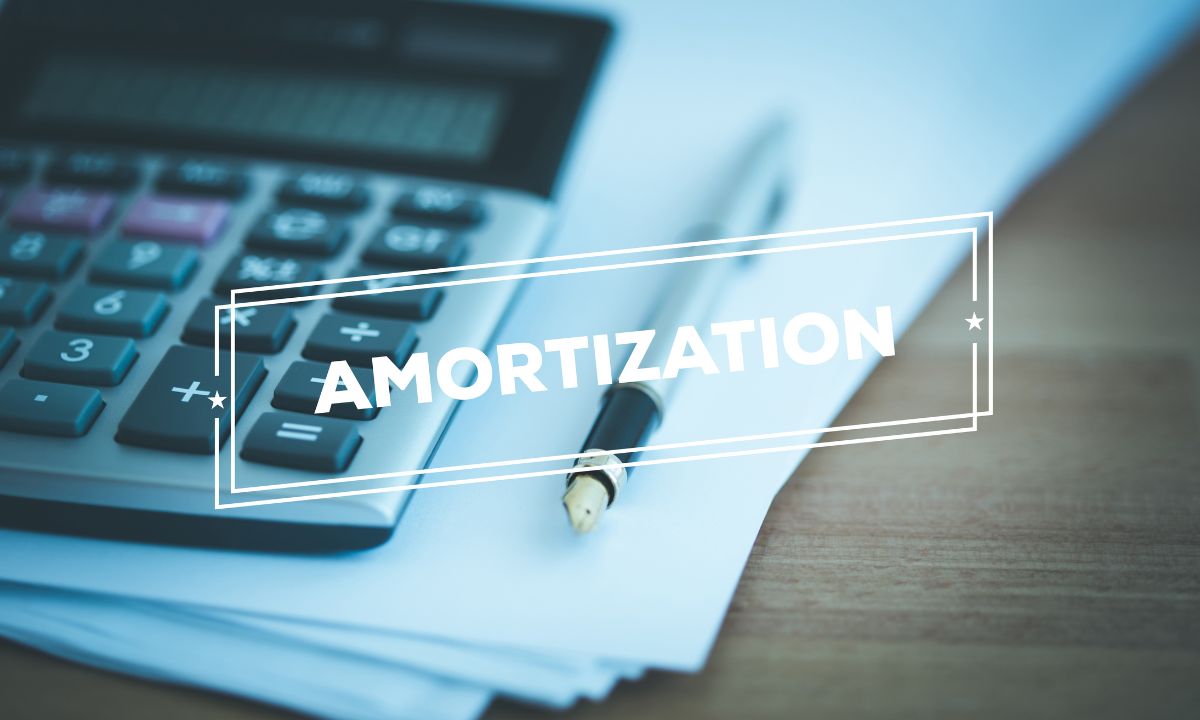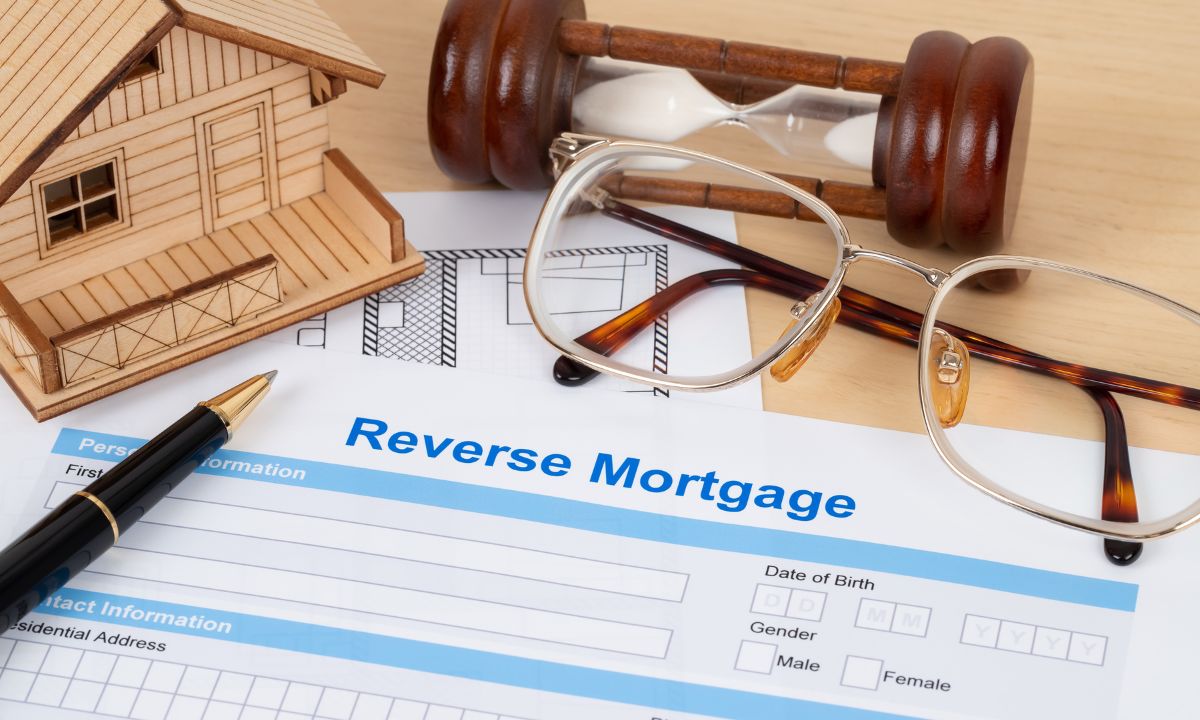Tackling Debt with a Cash-Out Refinance: Is This Strategy Right for You?
 Credit card debt in the U.S. has surged to an unprecedented level, climbing by $50 billion last year to a staggering $1.13 trillion. This highlights the financial strain many individuals and families are experiencing, making effective debt management more crucial than ever. One potential strategy to consider is a cash-out refinance on your home.
Credit card debt in the U.S. has surged to an unprecedented level, climbing by $50 billion last year to a staggering $1.13 trillion. This highlights the financial strain many individuals and families are experiencing, making effective debt management more crucial than ever. One potential strategy to consider is a cash-out refinance on your home.
What Is a Cash-Out Refinance?
A cash-out refinance lets homeowners use the equity in their property to consolidate high-interest debts, such as credit card balances, into their mortgage. This can potentially lower the interest rates on your existing non-mortgage debt and make your monthly payments more manageable.
However, it’s important to carefully evaluate this option and understand its implications. Here are some key factors to consider:
- Interest Rates
Mortgage interest rates are usually lower than credit card rates. By moving high-interest credit card debt into your mortgage, you could save money over time due to the lower interest rate. This can reduce the overall cost of your debt and make it easier to manage.
- Long-Term Commitment
A cash-out refinance often extends the term of your mortgage, which can lower your monthly payments but may increase the total amount of interest paid over the life of the loan. Weigh the short-term relief of lower payments against the long-term financial impact.
- Equity and Financial Stability
This option depends on the equity you’ve accumulated in your home. Ensure you have enough equity and can handle the new loan payments to avoid the risk of foreclosure. Falling behind on payments could jeopardize your home.
- Financial Discipline
While a cash-out refinance can consolidate your debt, it doesn’t eliminate it. Addressing spending habits and financial management is crucial to prevent accumulating debt again. Without discipline, you might end up with high credit card balances and an increased mortgage balance.
Is a Cash-Out Refinance Right for You?
If you’re struggling with credit card debt or other financial pressures, a cash-out refinance might be a useful tool to regain control. However, it’s essential to assess your specific situation and seek advice from a qualified mortgage professional to determine if this approach is suitable for you.
Consider consulting with a mortgage advisor to explore your options and get personalized guidance on managing your debt effectively.

 Understanding your options when shopping for a mortgage is crucial to making the best financial decisions. One option that is not well known is the Flex Payment Mortgage. But what exactly is it, and how can it benefit you?
Understanding your options when shopping for a mortgage is crucial to making the best financial decisions. One option that is not well known is the Flex Payment Mortgage. But what exactly is it, and how can it benefit you? Purchasing a home is a significant milestone, but the process can be intimidating, especially when it comes to saving for a down payment. Fortunately, Down Payment Assistance (DPA) loans offer a solution that can make homeownership more accessible. Let’s discuss how DPA loans work, their benefits and drawbacks, and the steps involved in leveraging these loans for your home purchase.
Purchasing a home is a significant milestone, but the process can be intimidating, especially when it comes to saving for a down payment. Fortunately, Down Payment Assistance (DPA) loans offer a solution that can make homeownership more accessible. Let’s discuss how DPA loans work, their benefits and drawbacks, and the steps involved in leveraging these loans for your home purchase. When selecting a mortgage, one of the most critical decisions is choosing the right amortization schedule. This choice significantly impacts your monthly payments and the total interest you’ll pay over the life of the loan. Here, we’ll compare three common amortization options: fixed, graduated, and interest-only.
When selecting a mortgage, one of the most critical decisions is choosing the right amortization schedule. This choice significantly impacts your monthly payments and the total interest you’ll pay over the life of the loan. Here, we’ll compare three common amortization options: fixed, graduated, and interest-only. When you first opted for a reverse mortgage, it might have felt like the perfect solution to tap into your home equity and enjoy your retirement without monthly mortgage payments. As time passes, your financial situation, goals, or the market itself can change, making you wonder: “Can I refinance my reverse mortgage?” The answer is yes, but it’s essential to understand what is involved before making a move.
When you first opted for a reverse mortgage, it might have felt like the perfect solution to tap into your home equity and enjoy your retirement without monthly mortgage payments. As time passes, your financial situation, goals, or the market itself can change, making you wonder: “Can I refinance my reverse mortgage?” The answer is yes, but it’s essential to understand what is involved before making a move.